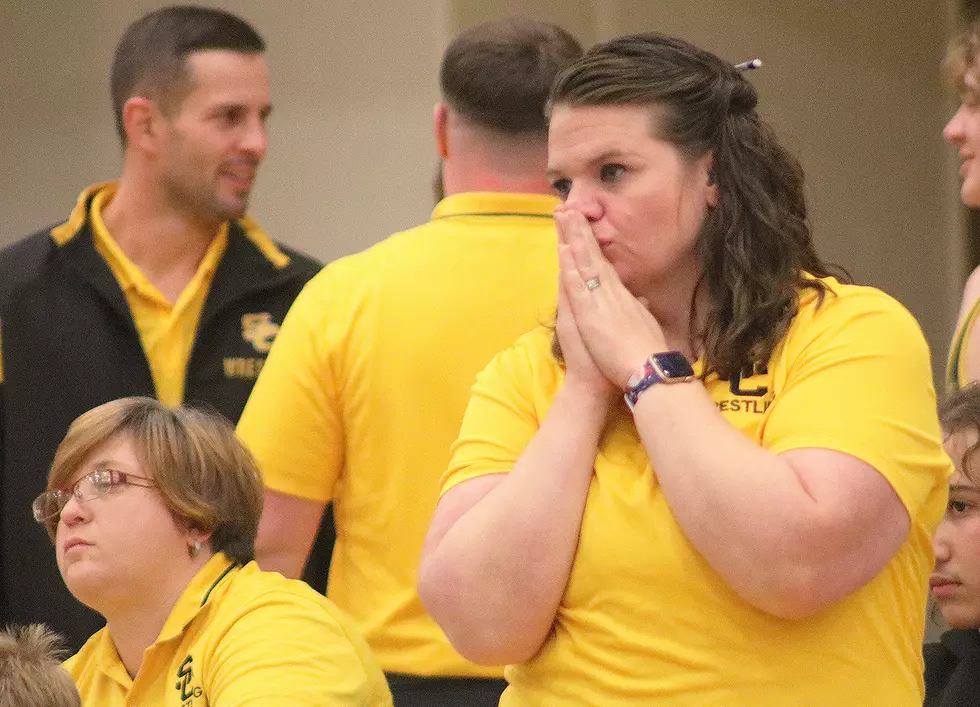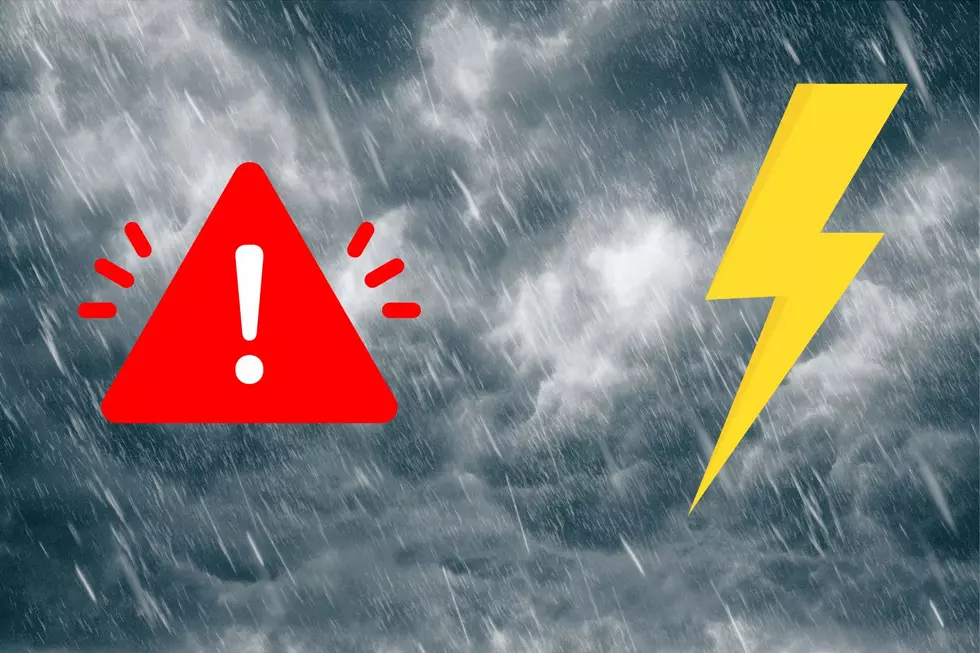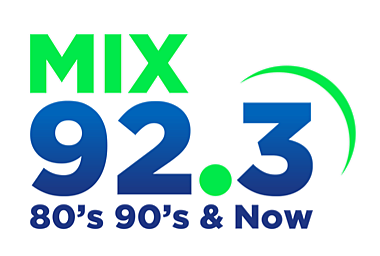
What You Buy Today Is Connection (So Don’t Screw It Up)
Recently, a few of us Diffuser types chatted about Chris Kissel's interview with Mount Eerie. We started talking about about what independent artists might need to do to actually make a buck or two these days.
Lots of great ideas were tossed around, but two comments in particular jumped out at me:
- Mount Eerie stands in line at the post office to mail you what you've purchased
- "What you've purchased" doesn't always mean what we think it means
For many years we've considered recorded music "the product." Everything else -- concert tickets, T-shirts, posters and other trinkets -- were afterthoughts, with a few notable superstar exceptions. The important thing was to get you to pony up for that single or album.
The internet has rendered that model obsolete, or at least it's trying to. Streaming services offer great convenience for listeners and generate nice profits for somebody, but it isn't the artists. If as a musician selling records is a losing proposition, what then is "the product"?
You are, or more specifically: Our relationship with you is the product.
One of the things I most enjoy about the independent music world is the connections I have with the artists. Through crowdfunding platforms I can help get a record or tour off the ground, and more often than not I get some sort of handwritten thank you for my trouble. On social media I can rest assured that the words I'm reading are more than likely coming from the keyboard of the artist I'm following rather than a marketing department. After a gig it isn't uncommon to see the band mingling with the crowd or standing over by the merch table shaking hands and signing autographs.
Mount Eerie goes to the post office for me, for crying out loud.
The same cannot be said for the mainstream music world. The Taylor Swifts of the world travel in an insulated bubble -- they are over there and we are over here. There's nothing wrong with that, it just isn't my bag. I'm all about that connection.
That insulated bubble hasn't always surrounded the superstars, though. Years ago the old hippie who worked at my favorite record store (may it rest in peace) told me about the time that his high school buddy and he were puttering around town in his beat up Volkswagen Beetle.
"Check out that cat walking down the street. He looks like Hendrix."
"He's playing Memorial Auditorium tonight. Maybe it is."
It was, and Jimi jumped into the back of the Bug and spent his pre-show afternoon riding around with a couple of teenagers, smoking dope and listening to the radio.
As cool as that story is (and it is very cool), it's not unusual for that era. For example, many of the legendary concert photographers of the '60s got their starts as hippie kids with cameras, pointing and clicking and befriending the acts (or at least being tolerated by them).
Rock star life was so loose in the '60s that an aspiring young songwriter essentially took over Beach Boy drummer Dennis Wilson's home, food, drugs and women. Perhaps the fact that this would-be superstar soon became a household name -- Charlie Manson -- explains why the gap between artist and audience widened during the '70s.
Not every superstar headed for the protection of the insulated bubble. John Lennon experienced fame of Elvis proportions, yet he remained approachable. On his last night on Earth he signed a copy of his new album for the same fan who later that evening would murder him.
That was pretty much the end of the party. The relationship between artist and audience became a one-way street after that. Bridging the gap was nothing more than a choreographed bit of performance art: Bono bringing a fan on stage for a dance, Bruce plucking Courtney Cox from the audience, that kind of thing:
I have no evidence to support this, but it makes good intuitive sense that this lack of connection was a key factor in the rise of independent music during the '80s. If you were willing to hang out after a gig, you might end up helping the band load the van or get asked for gas money. Without fail you could buy a tape after the show, or a 45 in a homemade sleeve, and the person who recorded it was often the guy who gave you your change.
That's where we find ourselves now, with exception to the handful of bubble people. A few months ago I talked to Henry Rollins about this. "It seems that with a few exceptions the traditional music industry has sort of collapsed into something resembling the DIY ethos of the ’70s and ’80s," I said. "Bands are out on the road finding their audiences, on social media talking directly to their fans, publishing their own music. Do you see any parallels between the post-internet music industry and the 'traditional' indie music industry?"
"Yes," he said. "We were right all along. We were right and eventually, it made the majors deflate to a great degree. Now bands often connect with their audience in a very real and meaningful way. I think it’s improving music."
So here we are. We've come full circle. The notion of tooling around town with Mac DeMarco in the back seat of your Beetle doesn't seem too horribly farfetched, and Mount Eerie is still standing in line at the P.O., trying to get this week's shipment out. For all of the bleak music industry news, it's a pretty great time to be a fan.
For all of the bleak music industry news, it's a pretty great time to be a fan.
Let's not screw this up. Last week the Sacramento Bee reported that "an alleged stalker of guitarist Jackie Greene is suspected of ... triggering a car chase after being asked to leave a local pub where he was performing." Apparently the suspect had been stalking Greene for as long as five years. "At one show the woman danced around a shrine made up of a circle of what appeared to be skulls," writes the author.
That's obviously an extreme example, but the point is this: If what we want in the new music economy is a more personal connection with our artists, then we have to behave ourselves as fans. No stalking, no harassing, no Twitter wars. When your favorite musician pops up at the merch table after the gig, shake his or her hand, get your autograph ... and move along.
Be satisfied with that one-on-one moment -- you aren't going to get it from Beyonce and the bubble people (which, by the way, is a great name for an indie band).
And for crying out loud, leave your skull collection at home.
More From Mix 92.3










